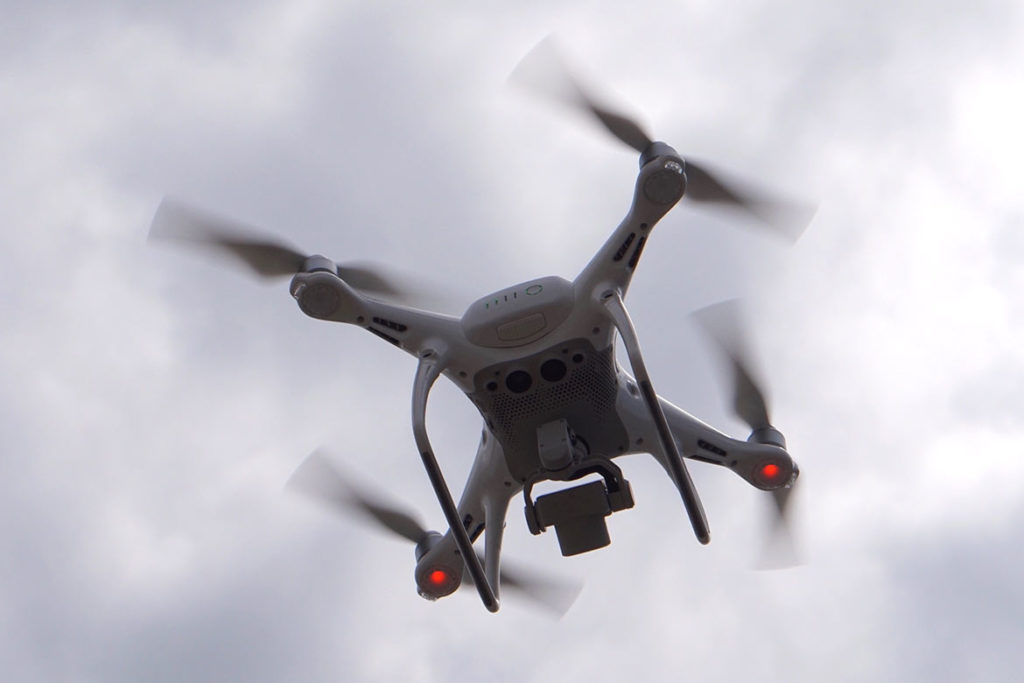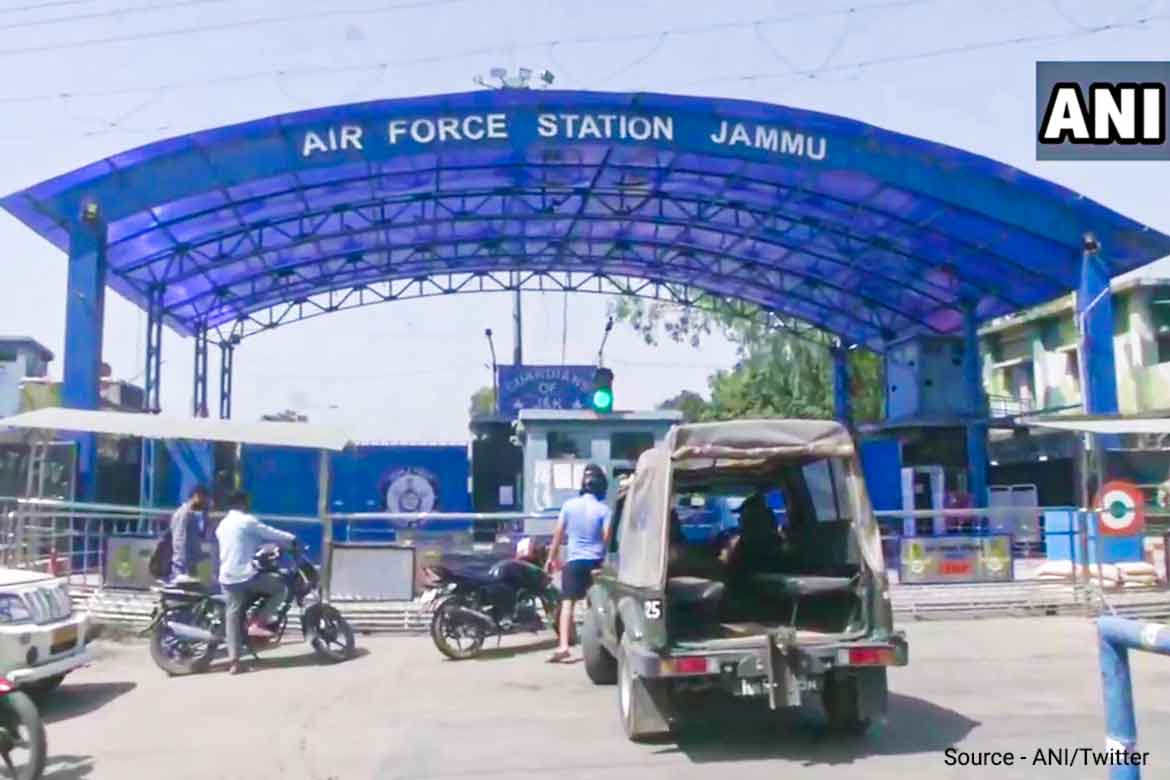The Jammu attack was the first such instance in India where a drone was weaponised to carry a terrorist attack. Drone attacks were planned thrice in the country within 3 days. Two drone blasts were carried out at the airbase in Jammu on Saturday night. After this, on Sunday night, the drone was seen at the Kaluchak Military Base in Jammu itself. The world has already seen the potential danger from drone attacks. These attacks can cause severe damage life and property. In this context, it becomes utmost priority to see the preparation of India to counter such attacks.
Besides the use of technology and weapons, regularization of monitoring and sale of drones is an effective way to avoid drone attacks.
Modus Operandi behind such strikes
Drone technology is being used everywhere in the world to carry out unmanned attacks for many years. These attacks may be new for India, but the use of drones in conspiracy is not new. The case of arms supply in Punjab is an example of this. Moreover, efforts have been made in the past to supply arms through drones in sensitive areas like Jammu and Kashmir.
These strikes can be done in two ways. In first method, Bombs or explosives are mounted on such drones. Their target is already set with the help of technology like GPS. The drone drops bombs on the set location or target. In second way, drones drop themselves on the target with the bomb.
Potential of damage in these strikes
In the attack on Jammu airbase, part of the roof was broken. Two soldiers were also injured. Now let’s look at it like what would have happened if the blast happened on an aircraft or official? A person sitting miles away from the drone can target a plane while landing or at the time of takeoff, then the life of the passengers sitting in it is sure to be in danger. Similarly, attacks can also be made on VIPs or defence movement.

Also read: New Tension Emerges Between India and US Regarding Territorial Integrity; Know Complete Issue
Counter measures available in India?
Indian Intelligence definitely has information regarding the purchase and sale of drones. This is done through monitoring. Moreover, there are also cutting-edge technologies like AVIAN radar at major airbases, military bases and international airports. Their range is 10-15 kms. With these highly sensitive radars even a small bird can be monitored. After detection of such threat, drones can also be shot down with the help of anti-aircraft guns, missiles, snipers.
These are usually neutralized through firing. As we have seen in the case of Jammu. The guns that fire the net are also used by the security agencies, which trap such drones in the net and they come to the ground. However,could we use costly technology, like AVIAN radar to protect all bases, airports, homes of important persons and their convoys,is a big question.
What can be done?
Primarily, monitoring and regularization of drones is the first and foremost step. The police remained alert at the local level on the purchase and sale of drones in border areas and sensitive areas. Like, arms license is issued after rigorous documents verification, similar arrangements should be made for the purchase and sale of drones.
Ina step further, link between drone and operator can be broken with the help of technology. Most drones used by the public have a common frequency that can be jammed.
